SUP Safety Tips from a Paddleboarding Instructor
How often do you think about SUP safety when you're out on your board? As a Paddle Canada and Bronze Cross certified SUP instructor, safety is always at the top of my mind. Paddleboarding is a fun, easy sport but does involve some risk that comes along with being on the water, whether it be a lake, river, or ocean. Luckily, there are some great SUP safety tips you can follow to ensure you have a great and worry-free day on your paddleboard!

Your ankle leash is an essential part of SUP safety basics.
The Essentials: SUP Safety Basics
Let's start with the basics. If you've ever rented or bought a paddleboard, or read an article about SUP safety, you've most likely come across one or both of these essential tips. Why? Because they are universally true, no matter where in the world or on what type of body of water you are paddling in. We've covered these before but let's review. The basics are:
- wear a life jacket
- use a leash
These two points are essential for all my students and myself. I won't take a student out on the water if they do not follow these two rules. A lifejacket or PFD will keep someone afloat if they fall overboard. If you need some help choosing a lifejacket or PFD, check out our guide! The only time not to wear a lifejacket or PFD is while SUP surfing, as you'll sometimes need to duck under a wave. A leash keeps you in control and tethered to your board in even the choppiest of conditions. The coil leash that comes with every Thurso Surf SUP package works great for most conditions; however, you'll want to opt for a waist leash on a river and a straight leash in the surf.

Inflatable waist belts are a popular option for stand up paddle boarders.
Just Keep Swimming
Taking a SUP lesson with me is easy. I provide the equipment, check the weather, and choose the location. However, one requirement I have of all my students is that they know how to swim. Anyone going on the water, whether that be on a paddleboard or in a canoe, kayak, or motorized boat, should know how to swim, as there's always the risk of falling into the water. It's such a great skill to have and is simple to learn with a little practice. You don't need to know any fancy strokes or be speedy. Knowing to swim is basically being able to tread water and keep yourself afloat. This will give you the confidence you need while being around water. It's also great exercise and an essential skill if you're looking to get into SUP surfing. If you have groms (also known as kiddos), consider signing them up for swimming classes; it's a lifelong skill that'll keep them safe near water.
Pack a Drybag
One of the first things I bought when learning to SUP was a drybag. In fact, seven years later, I'm still using that same drybag! It is such a simple piece of gear and one of my essentials. A drybag ensures that you are able to carry items on board and keep them accessible and safe from the water. Drybags even float if they fall overboard. Here are a few things I carry in mine:
- car keys
- mobile phone
- water bottle
- snacks
Depending on the type and length of my excursion, I can add a few items. If I'm paddling in colder temperatures, I'll add an extra toque and a light windbreaker. Lights come in handy if I'm paddling around sunset and expect to be in the dark. If I'm going on a long SUP excursion, I'll add a portable cellphone charger and sunscreen so I can reapply as needed.

Deck cooler bags are a great option to keep your drinks cool and snacks fresh.
Sun Safety on a SUP
Speaking of sunscreen, sun safety is something that is worth remembering and making a regular habit. It's easy to forget about it when we are stoked to get on the water, but it's such an important thing. Think of it as essential SUP safety equipment. The stats about skin cancer can be scary, but use that knowledge as a motivator to get your sun safety up to par. Sunscreen is a great start and should be applied as your first layer before your bathing suit and reapplied throughout the day as recommended. A brimmed hat will provide some shade and sunglasses will keep the sun out of your eyes. Consider adding a rashguard for extra protection too. Nothing will end your SUP outing faster than getting a heat stroke or a sunburn.
Be Mindful of the Weather, Wind, and Water
Being mindful might sound like something from a meditation class, but it applies to SUP too! What does it mean to be mindful when paddleboarding? It means to be aware of your surroundings, more precisely with regards to the weather, wind, and water.
Weather is something we are usually aware of. If you've ever made plans to go paddling, you've most likely checked the weather beforehand. Will it be a nice sunny day or cloudy and rainy? Weather changes fast on the water, so a good habit is to check the predicted forecast for the duration of your outing. That's when a cell phone comes in handy; if you're out on your SUP and the weather is looking funny, check the radar on a weather app to see what's coming your way.

Know your SUP and be sure to inflate it to the appropriate PSI.
Wind can make or break a SUP outing. When looking at wind, such as on an app like Windfinder, you want to check two stats: speed and direction. Wind speed is pretty simple; this is how fast the wind is blowing. For flat water conditions, you generally want winds of no more than 15 knots or 27 kilometer per hour. If you're paddling in open water, you'll want this to be even less. Wind direction is where the wind is coming from. For instance, if the wind is SW this means that the wind is blowing from the southwest. Start your outing by paddling into the wind (in this example, that means aiming the nose of your board in a southwest direction), so it'll be at your back when you return. Nothing is worse than battling a headwind when you're already tired and trying to get back to your starting point. Know that like weather, wind can change quickly, so be aware of what's predicted for the duration of your outing. A sudden change in wind speed or direction can leave you in dangerously choppy conditions or unable to return to your exit point.
Water refers to what is on and underneath the surface. When you walk up to your launch point, have a look around. Are there swimmers, other watercraft, or boaters in the water? How about underneath the surface? Are there water-dwelling creatures, large rocks, and tree stumps submerged in the water? Knowing what's around and under your paddleboard will help prevent collisions and damage to your board, and more importantly, injuries to you and those around you.

Easily fit your PFD, dry bag, and other SUP safety essentials in your iSUP backpack.
SUP Safely and Have Fun!
SUP safety might seem like a lot to think about, but the more you practice it, the more it becomes second-nature. And remember, with each variety of SUP (surf, river, touring), there are a few extra rules that apply to each of them specifically. Knowledge is power! Use this information as an opportunity to learn and become an even better paddleboarder. What SUP safety tip do you have to share? Let us know in the comments below!


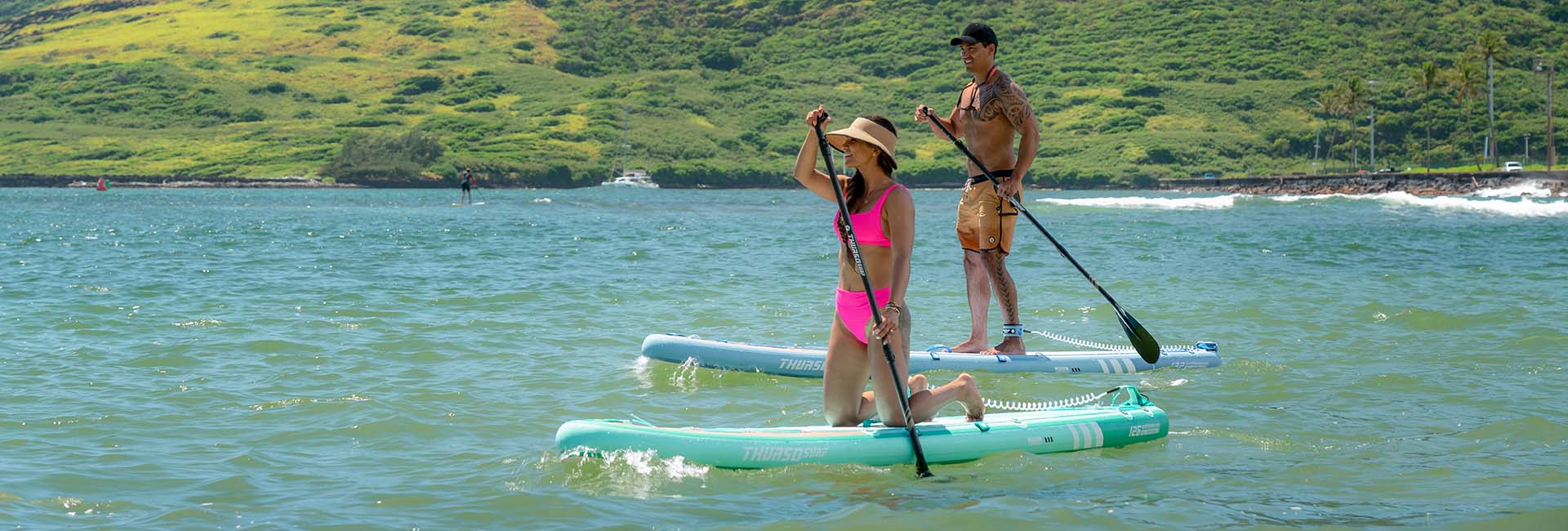
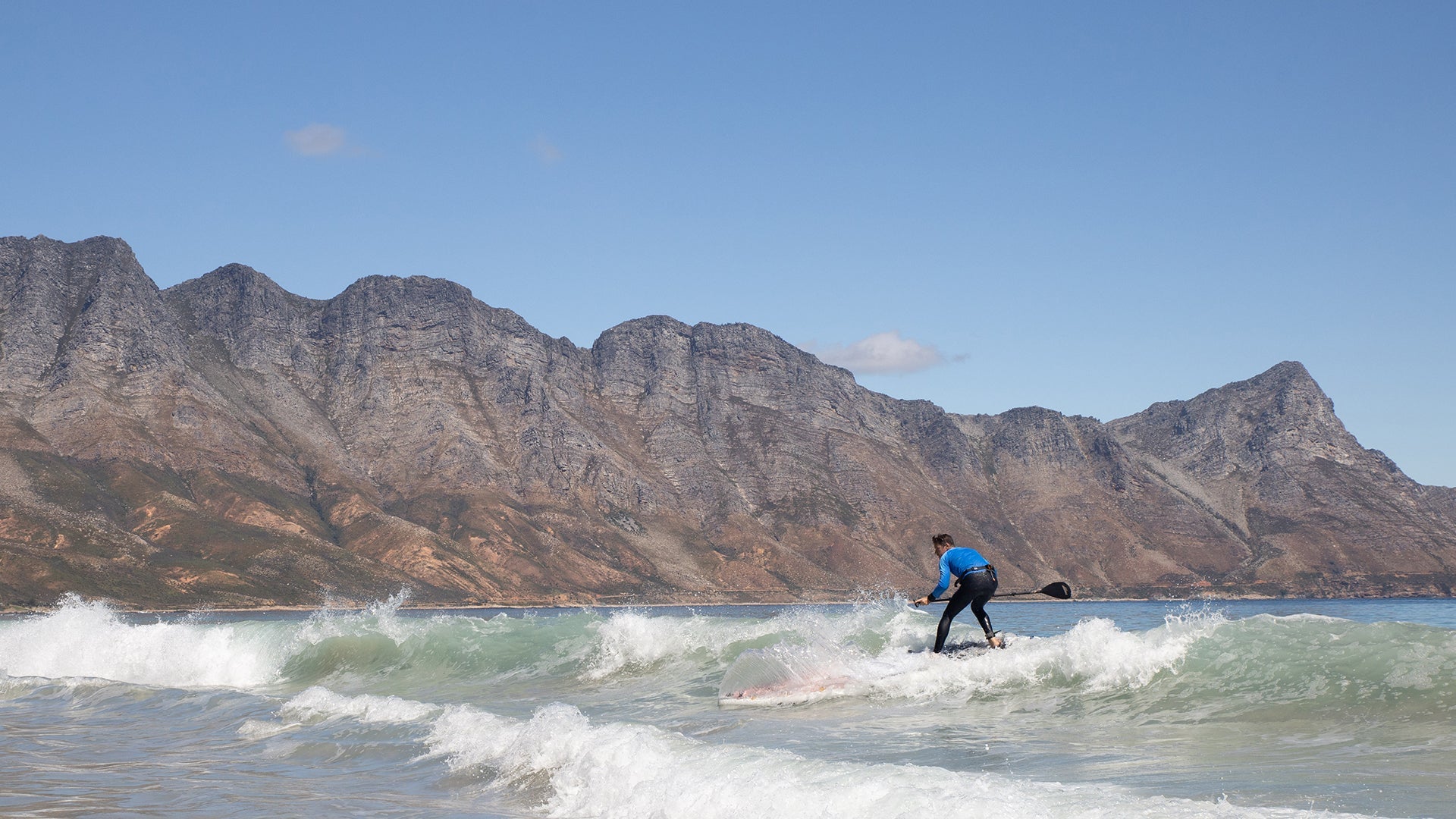
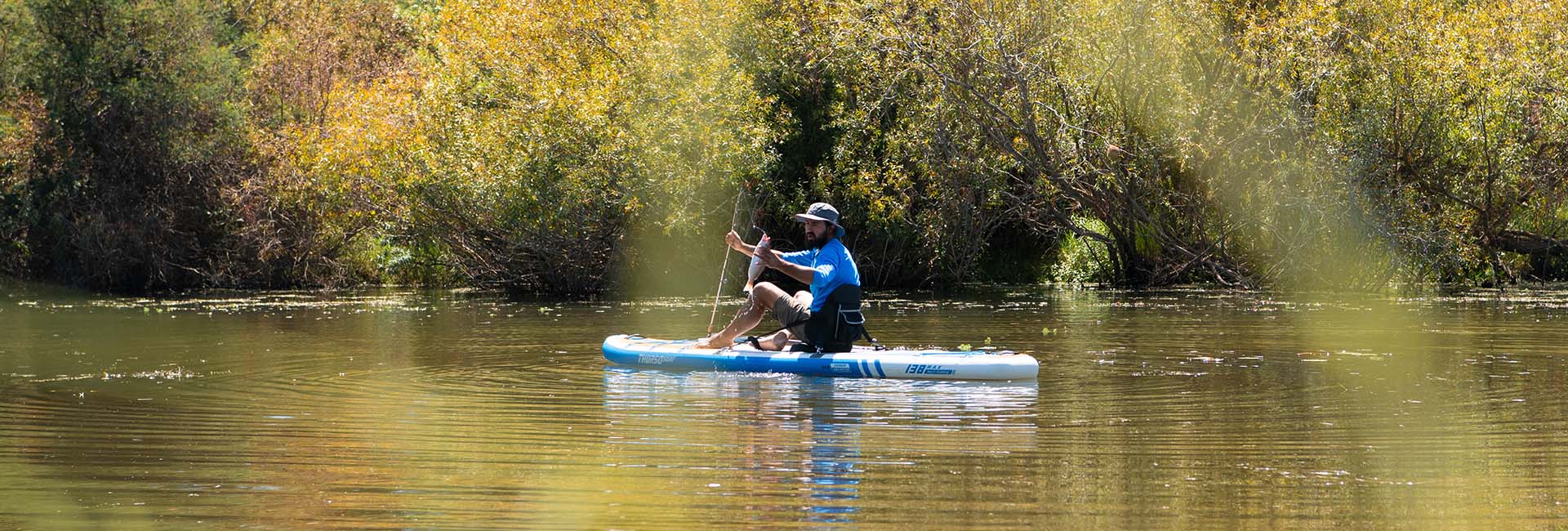
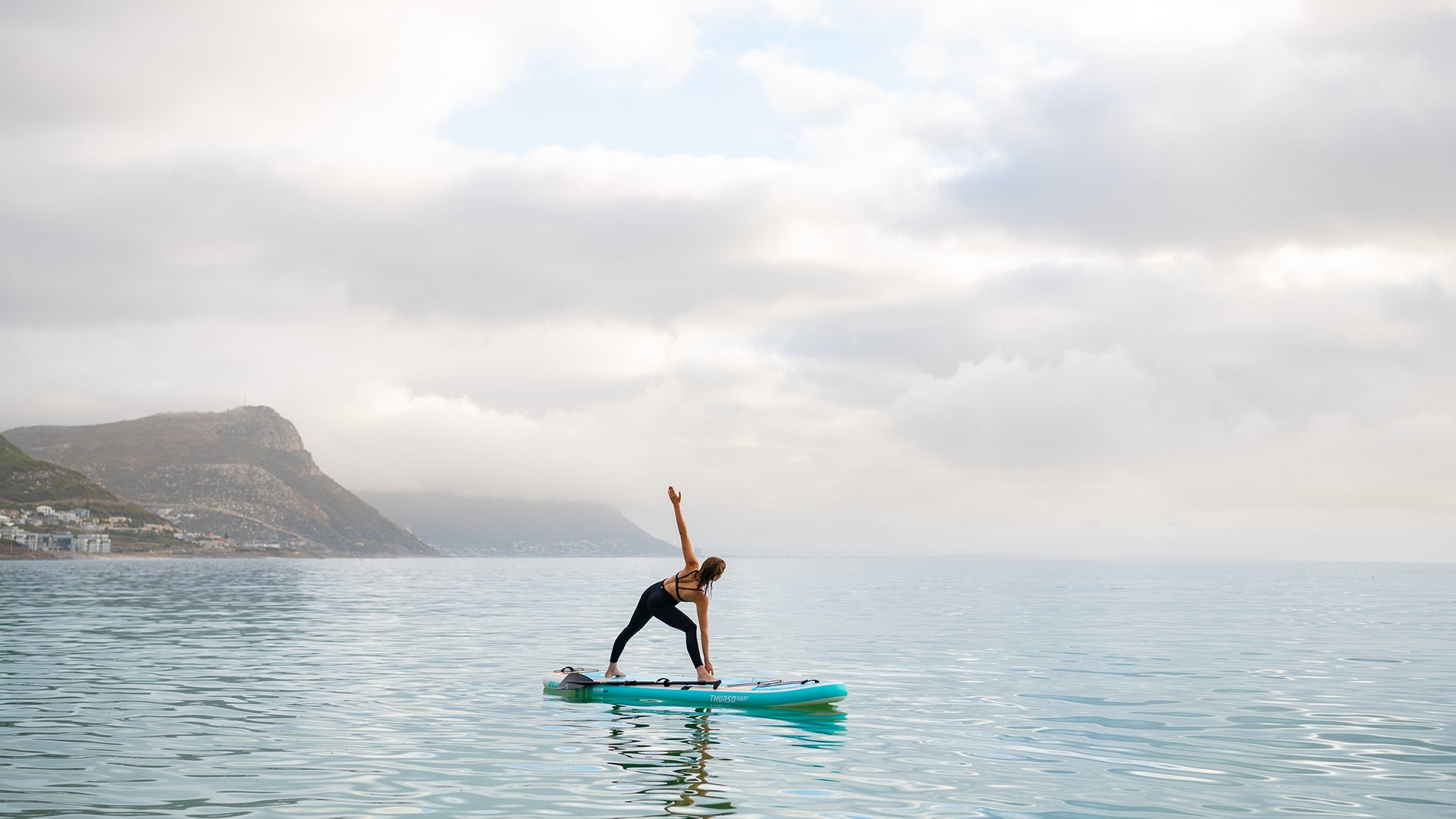
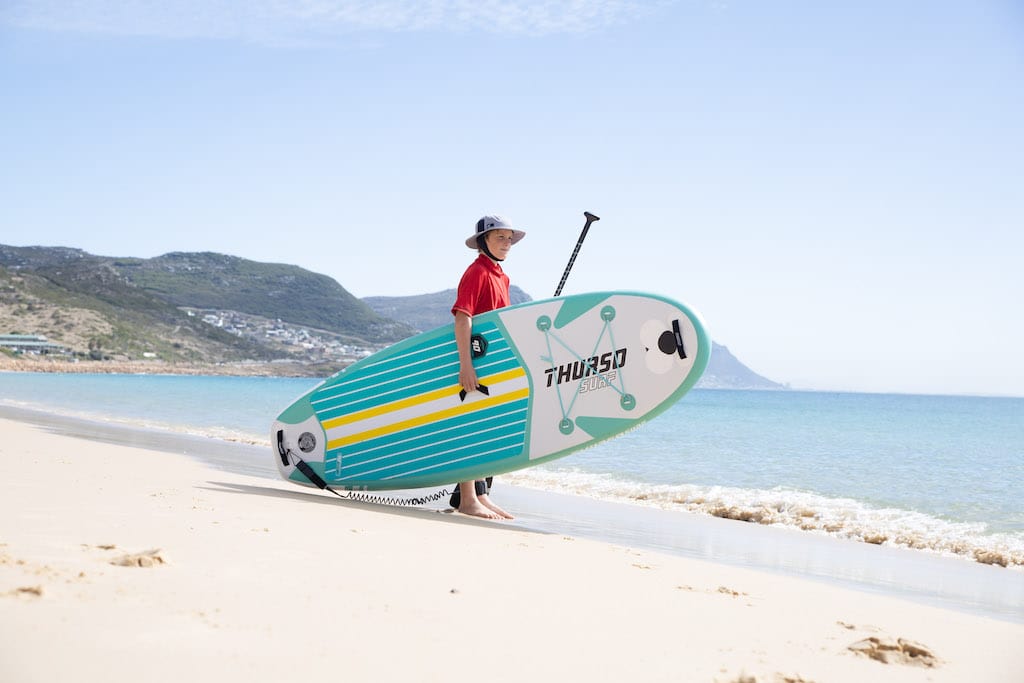
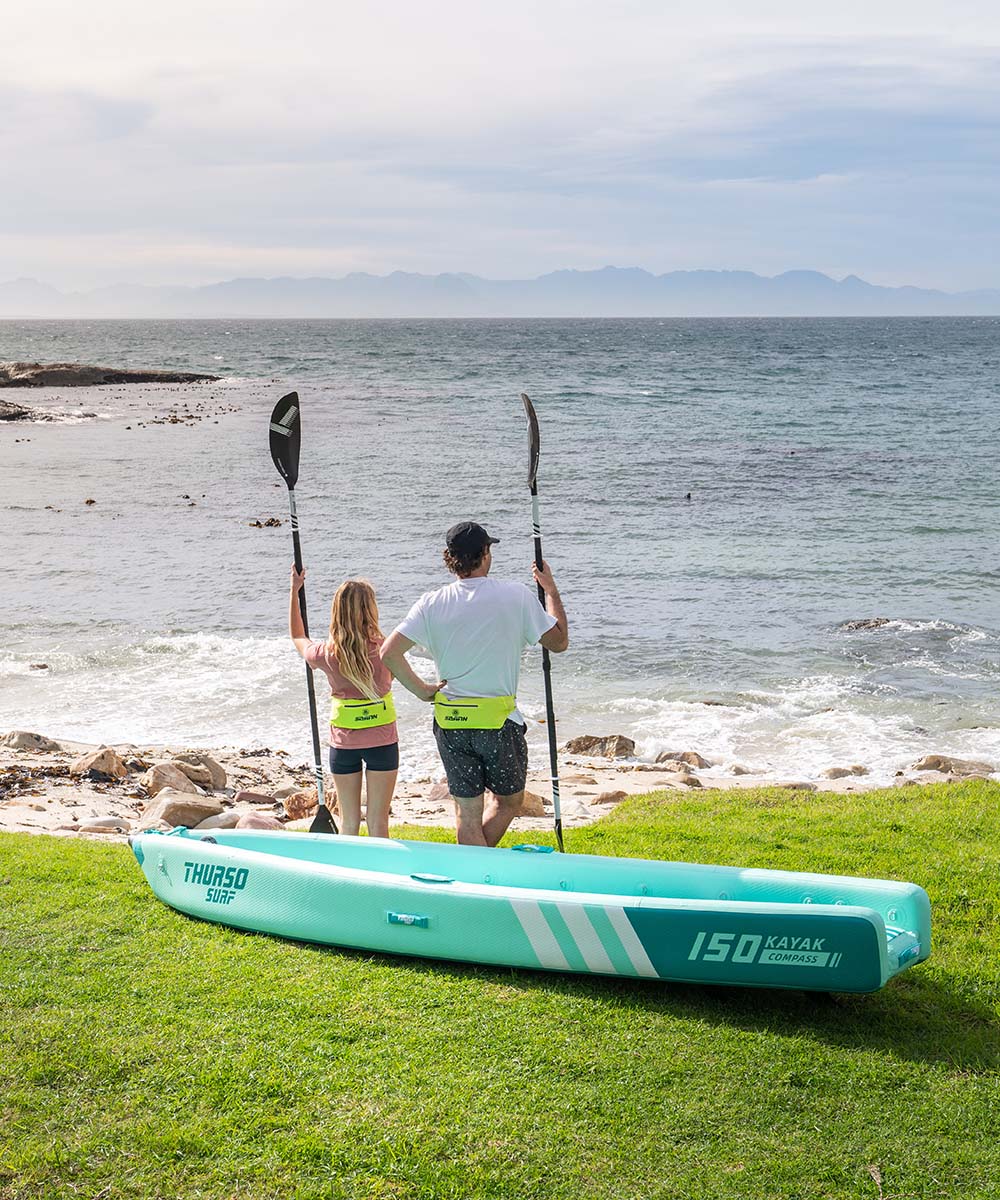
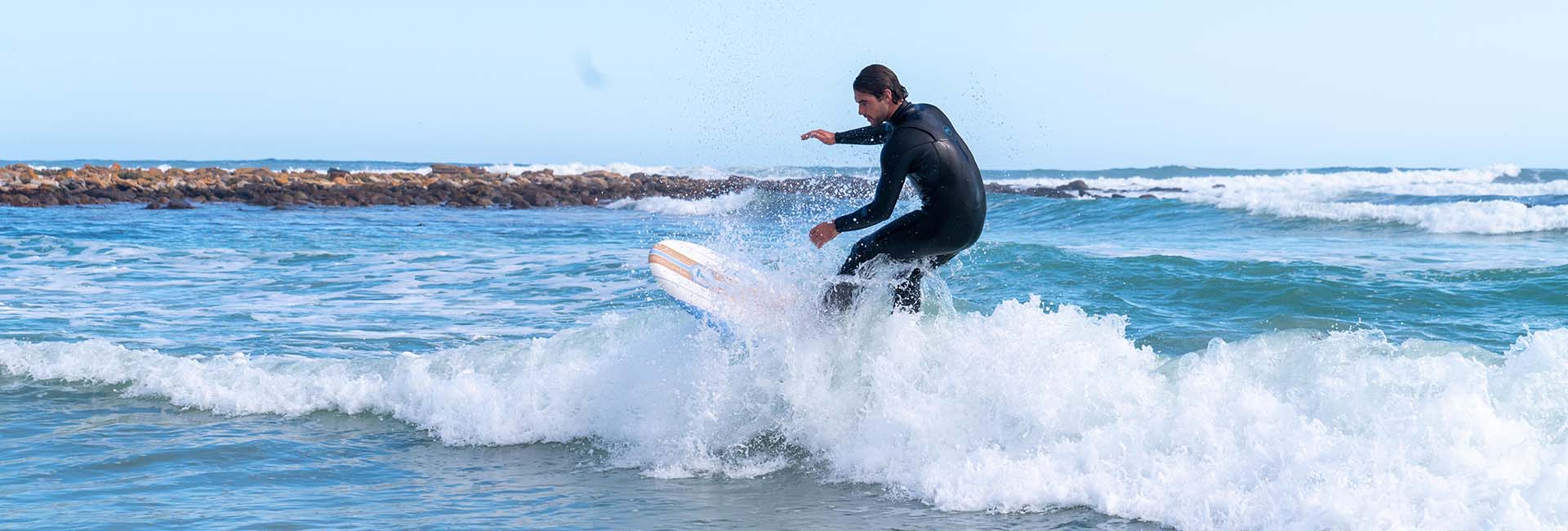
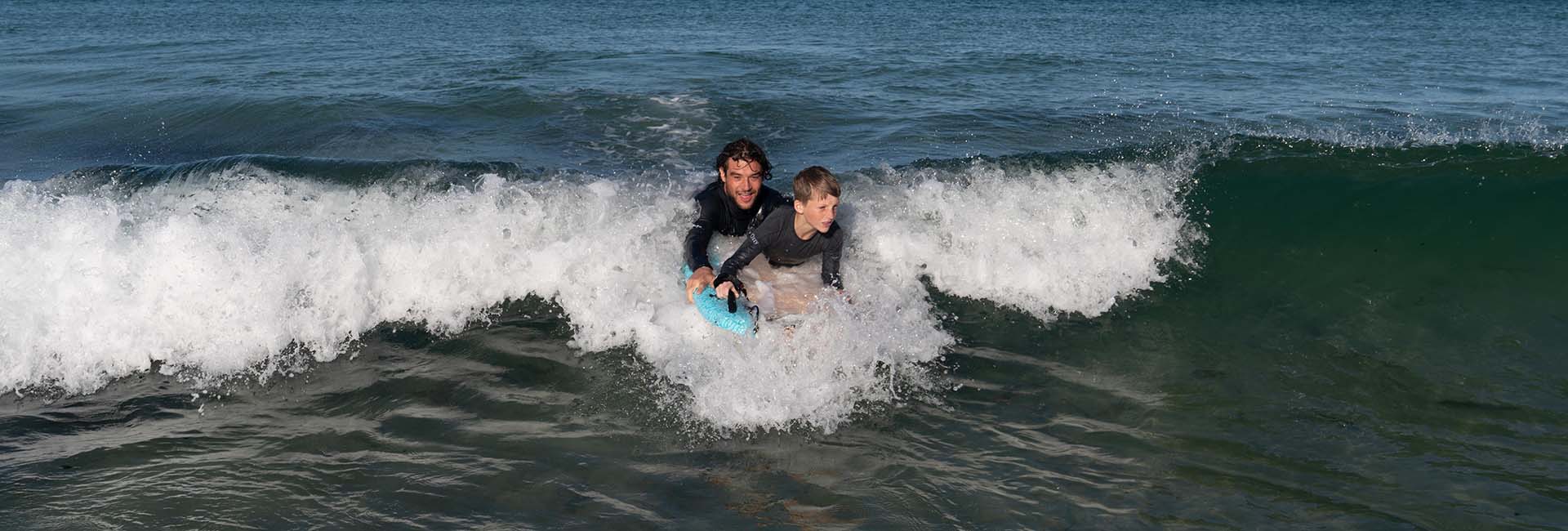
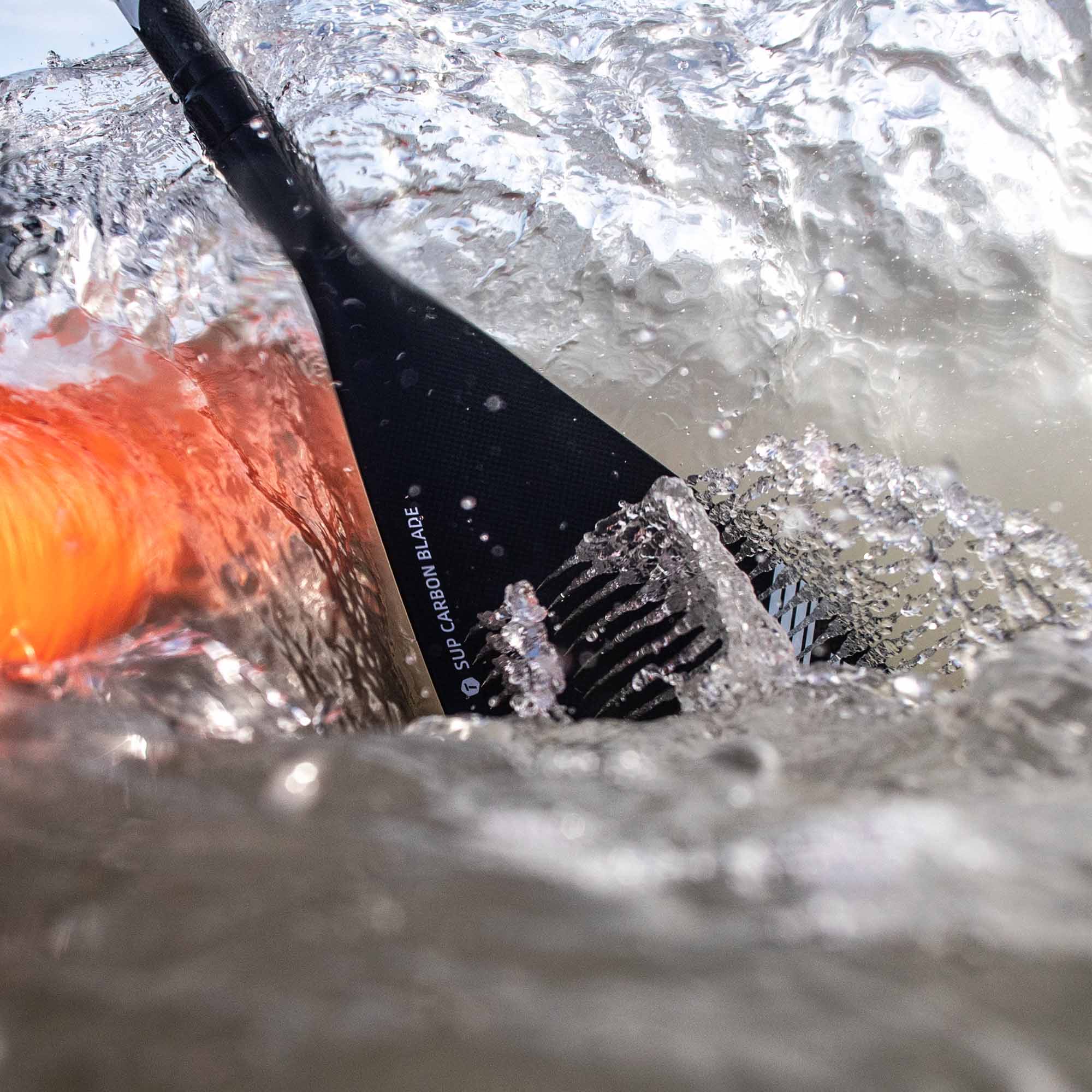
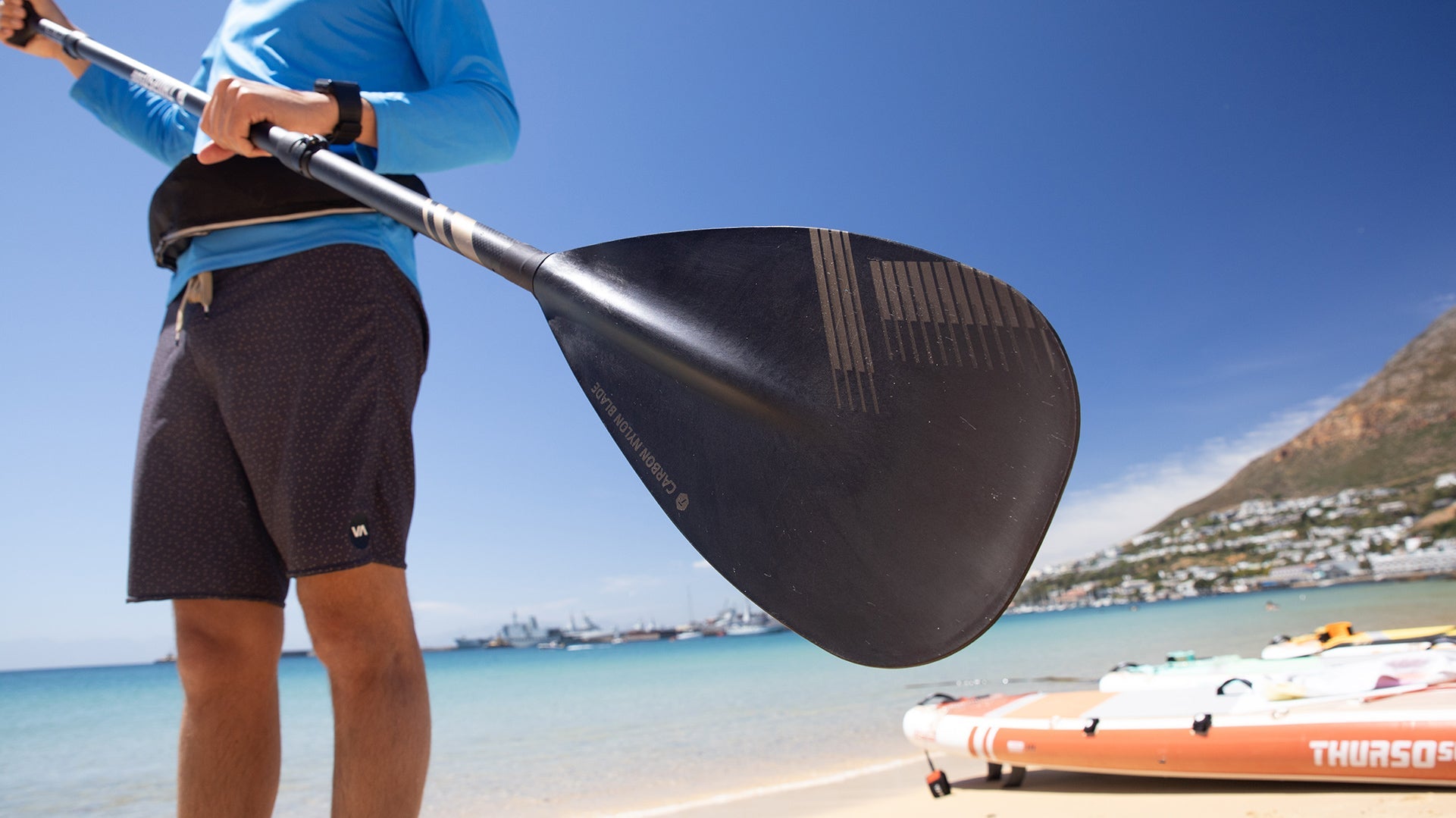
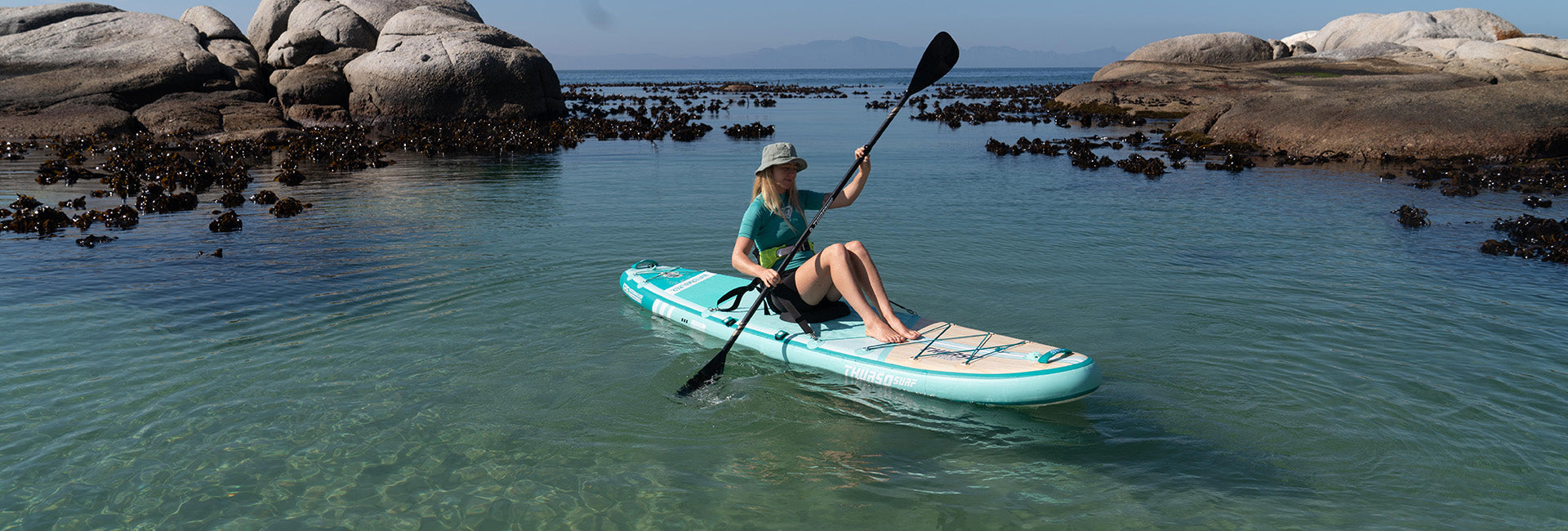

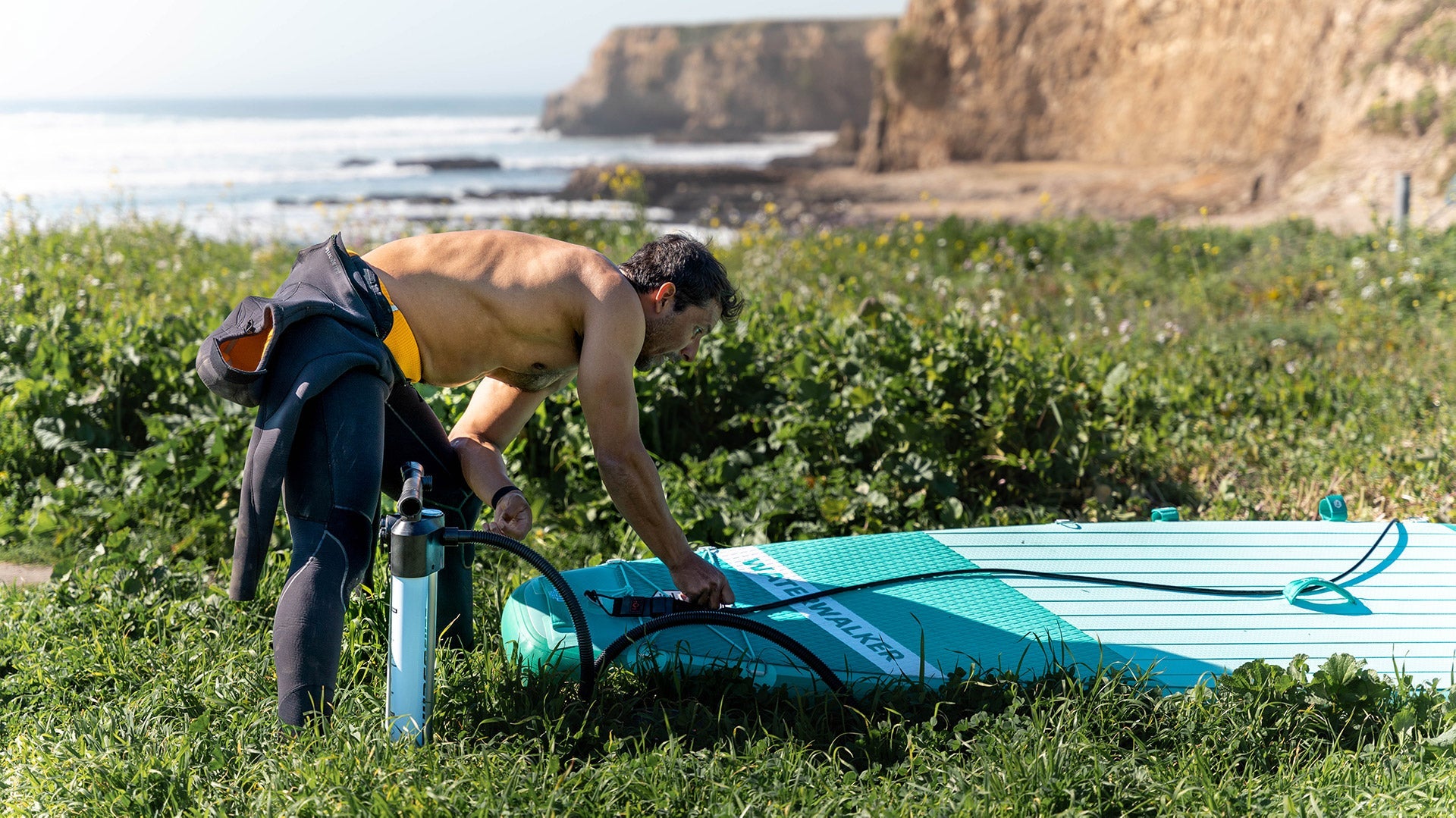
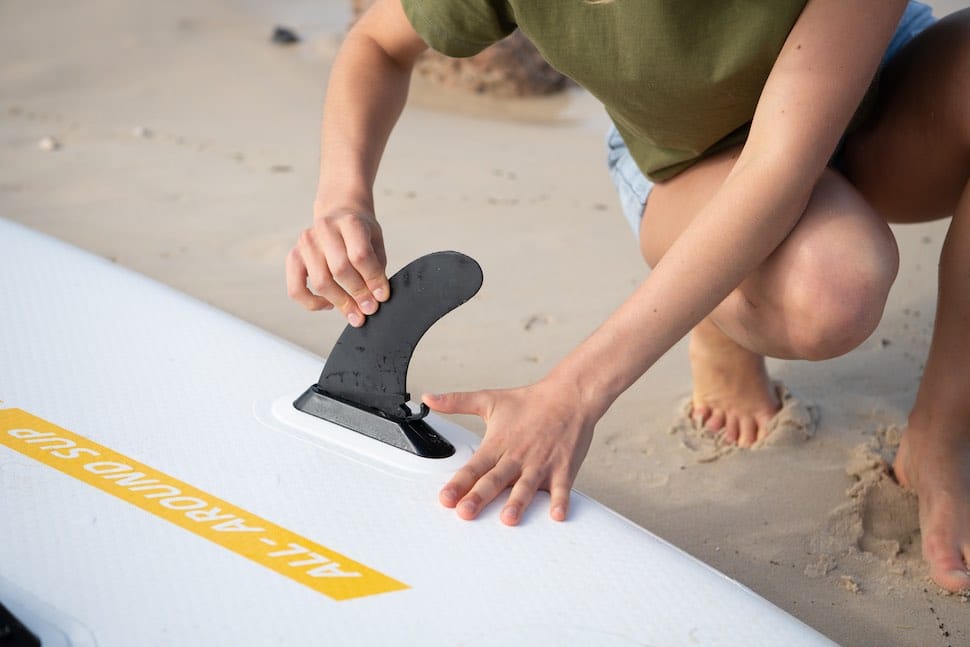
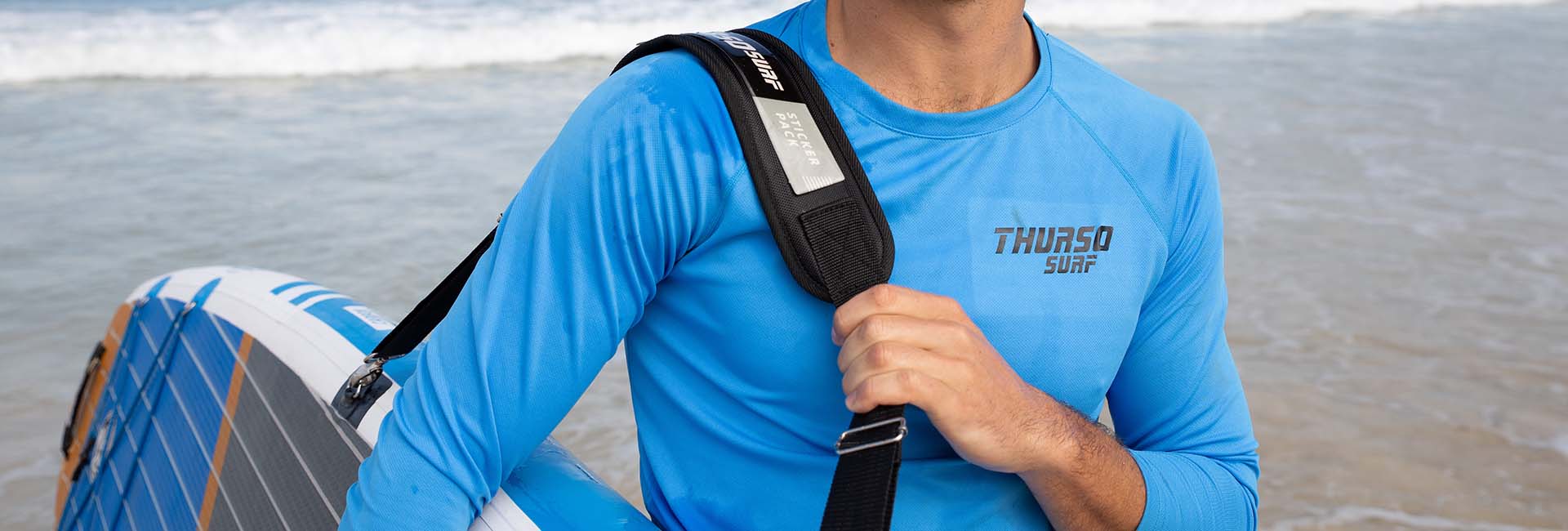



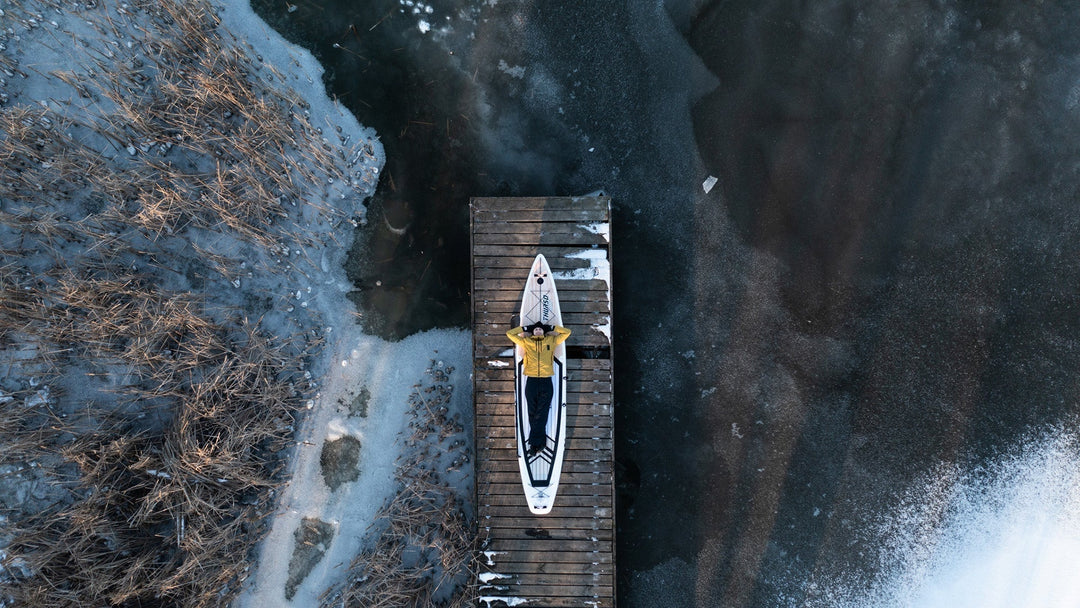
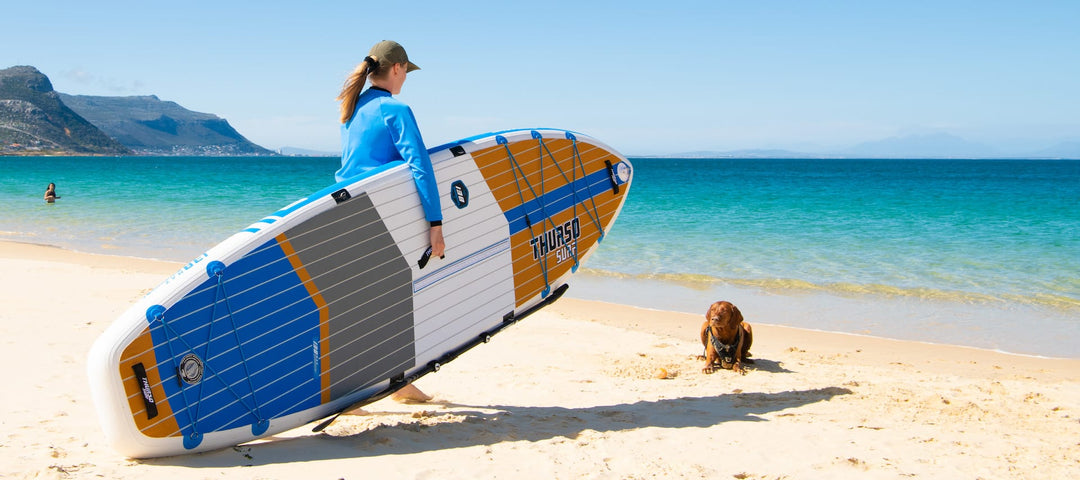
Leave a comment